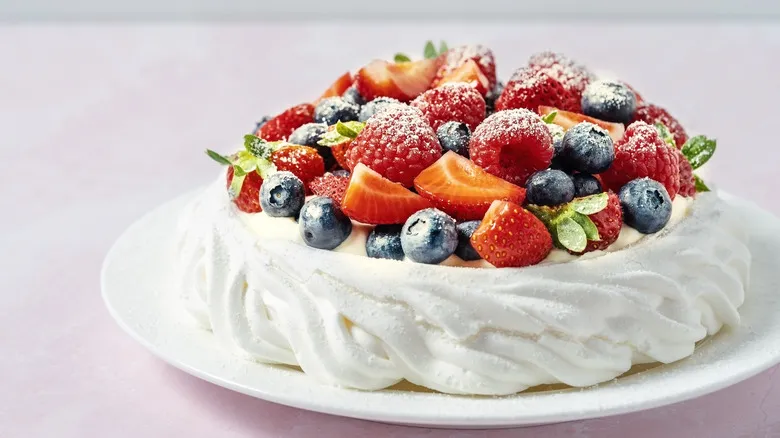The Pavlova evolved over centuries across Europe, the U.S., and Australasia
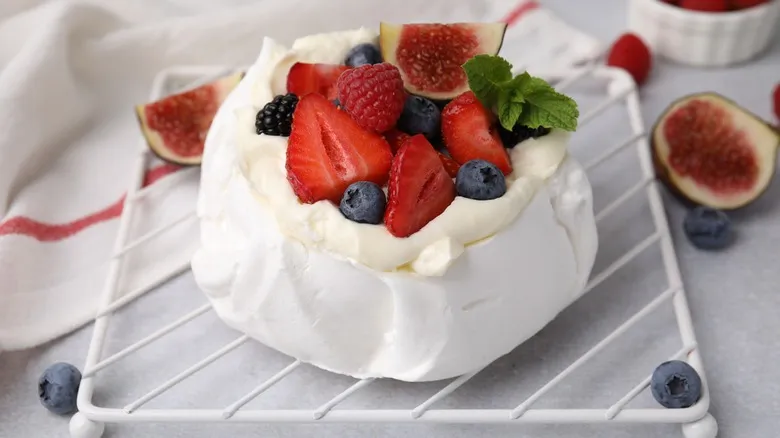
The rivalry between New Zealand and Australia overshadows the origins of pavlova. Yet, as is often the case in culinary history, pinpointing its true beginnings is nearly impossible. For starters, the earliest versions in Australasia likely emerged without any documented evidence and were influenced by external sources. Desserts resembling pavlova had been enjoyed in Europe and the U.S. for centuries before its creation.
In the 18th century, Austrian Habsburg royalty indulged in a dessert called Spanische Windtorte, made from meringue, cream, and fruit. The name likely references the notable meringue-based treats crafted in the imperial kitchens of the Spanish Habsburgs in Madrid during the 16th and 17th centuries. Additionally, the combination of egg whites and sugar can be traced back to Southern Europe, influenced by Islamic culture centuries earlier. It's important to note that sugar was quite costly during much of this time, meaning such desserts were primarily reserved for royalty.
Determining the exact moment when a meringue cake evolved into pavlova adds another layer of complexity. One could argue that the addition of vinegar and cornstarch contributes to the cake's unique texture. These meringue elements first appeared in the U.S. in the 19th century, particularly through German cooks in the Midwest, who created dishes like Wisconsin's cannibal sandwiches, featuring raw ground beef. Food historians suggest that the dessert became a popular use of cornstarch, which was then brought to Australia and New Zealand as a recipe on packaging. While this is just one theory, the story of pavlova highlights the fascinating global nature of food.
Recommended

The Oldest Known Beer Recipe Was Also An Ancient Hymn
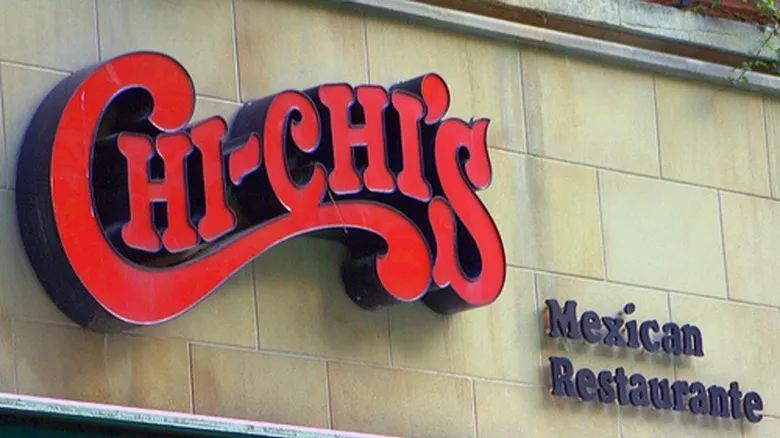
The Rise And Fall Of Chi-Chi's: What Happened To The Popular Restaurant Chain?
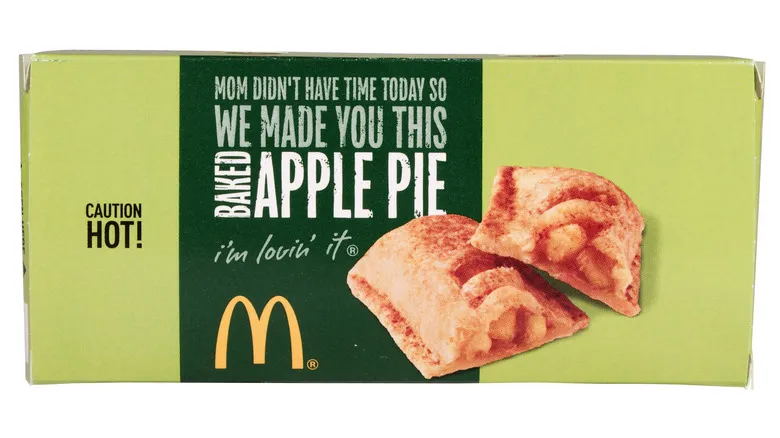
The McDonald's Location We Can Thank For Bringing Us The Apple Pie
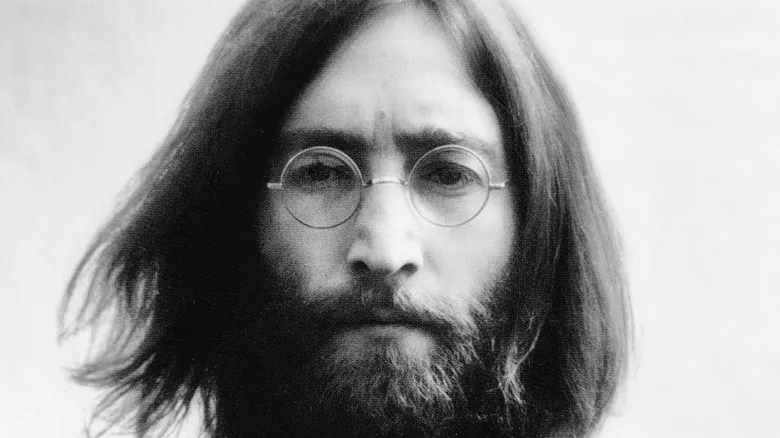
The Rumored Last Meal Of John Lennon Was Simple But Surprising
Next up

